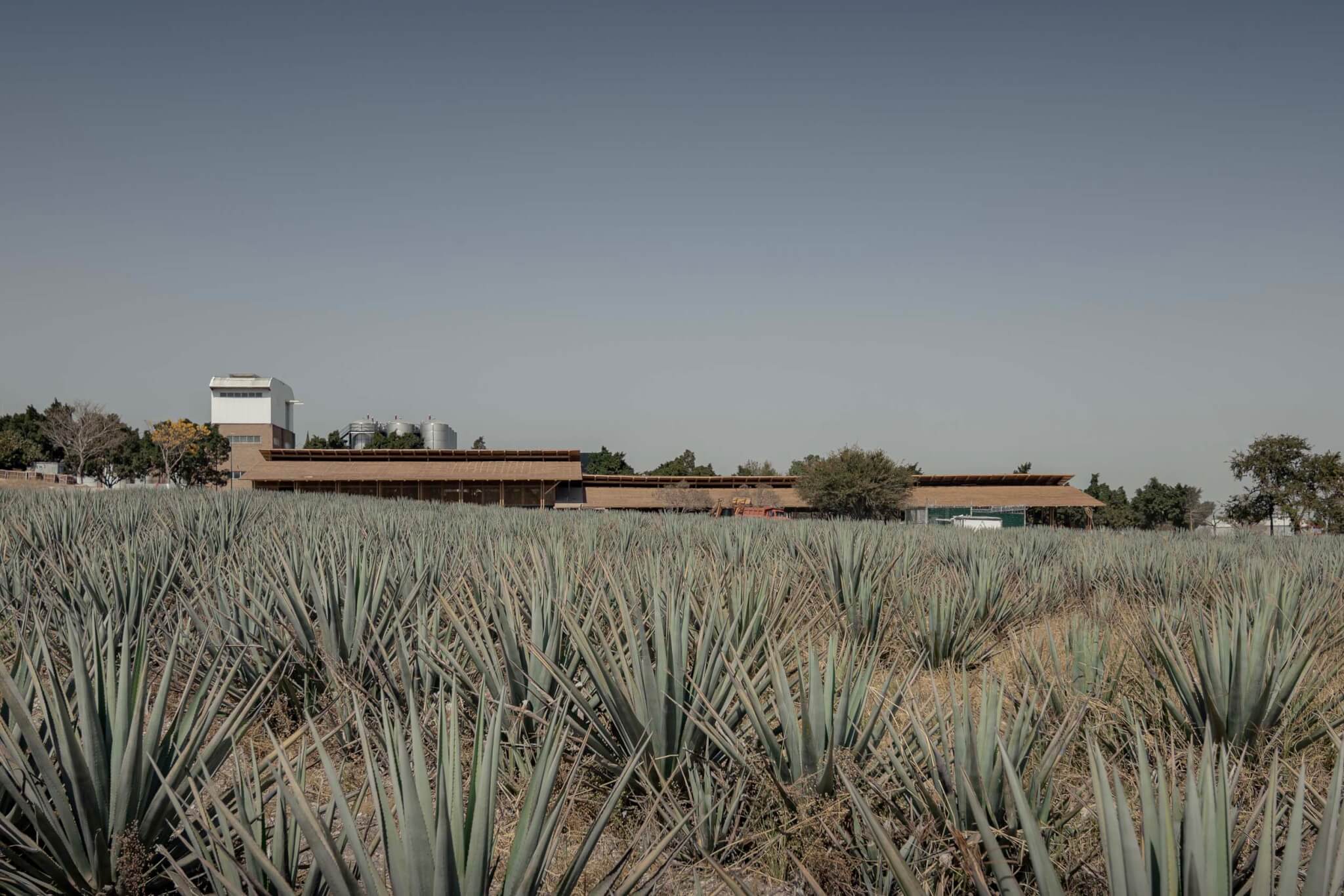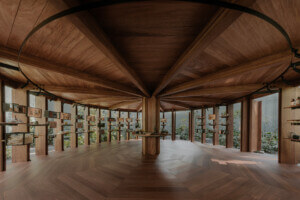This article is part of our series of profiles on The Architectural League of New York’s 2024 Emerging Voices winners published in the March/April issue of AN. The full list of winners can be found here.
Mexican duo Luis Enrique Flores and Armida Fernandez founded the Guadalajara, Mexico–based Estudio ALA in 2012. “Our approach is to design less as a typology and more as a prototype—a collection of events rather than things,” they said in a statement.
Together, the duo sees every project as a collection of layers, each formed of diverse cultural, social, traditional, and economic factors, coming together as a “cultural collage.” To identify the layers, the studio’s research process starts with Flores and Fernandez traveling to each project site. By talking to locals and taking note of materiality and cultural practices, they ensure the result is a unique and site-specific project.

The lineage of craft is tangible in Estudio ALA’s work bridging industrial and rural contexts—an heirloom of the founders’ upbringing in Guadalajara, a growing metropolis with traditional religious and Indigenous cultural influences, and a strong reputation of artisanal craftsmanship. The designers’ work with tequila and mezcal factories in Jalisco and Michoacán are examples of cultural collage marrying this sensibility. “The industrial process has an ancestral tradition,” Flores told AN. In the Tequila Centinela Chapel, the firm embraced the religious heritage of Jalisco, tying in inspiration from missionary spaces. The incorporation of a tequila by-product and humble local materials ties the structure to the site’s heritage and elevates it.
Cultural collages are enlivened by the duo’s appreciation of local and Indigenous materiality. Their projects catalog traditions across Mexico: the use of adobe bricks in the Centinela Chapel in Jalisco; the vernacular wooden architecture of distilleries in Michoacán; and the palm roofs in their Baja California hospitality project. Each material application honors ancestral roots to remake modern sensibilities.
“In this complicated world it is complicated to make a space for reflection,” Fernandez said. “In this space we question who we are, what we have done, and where we want to go.”











